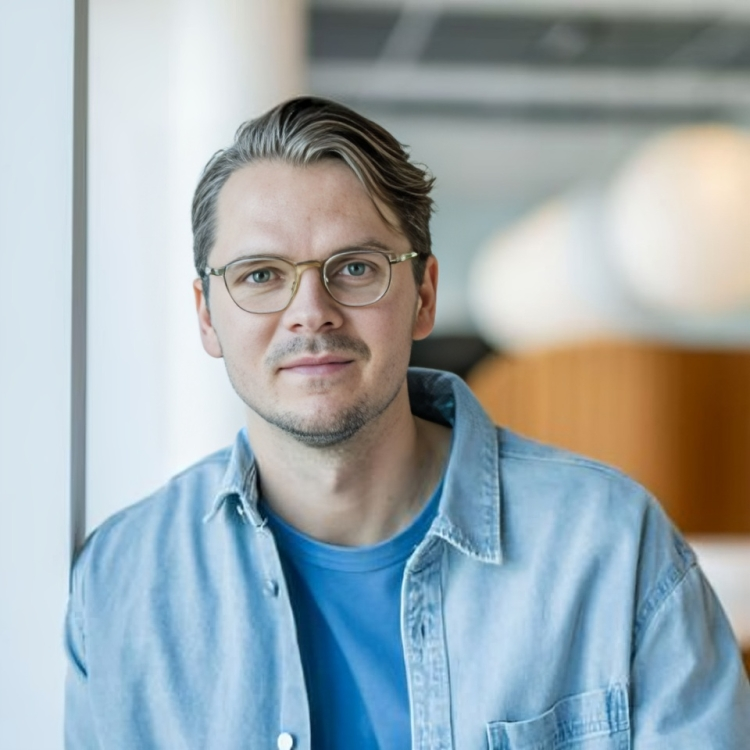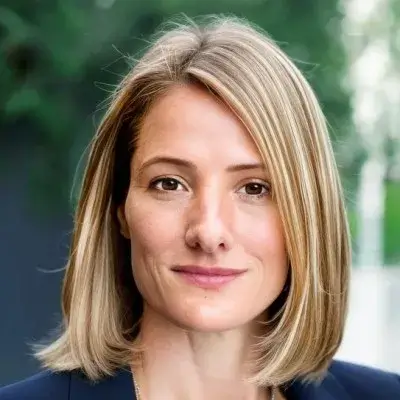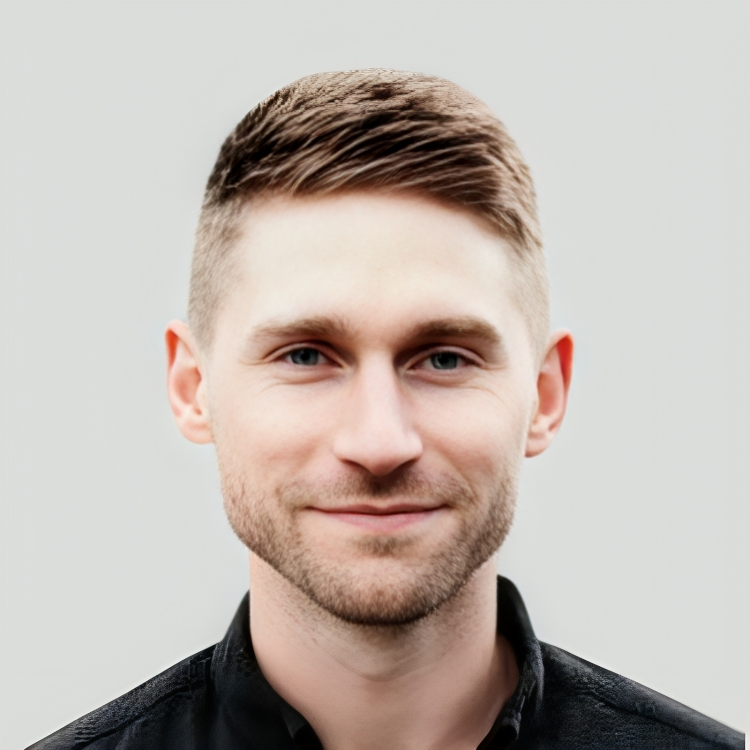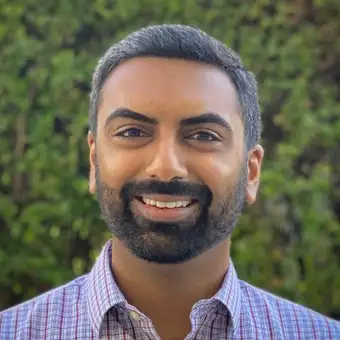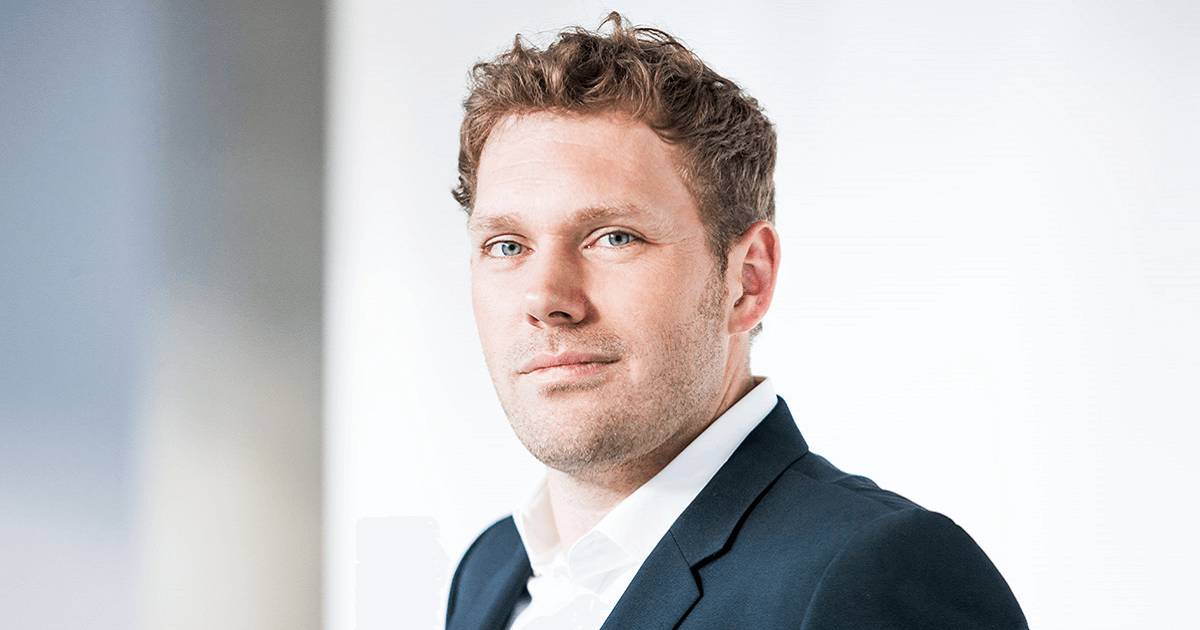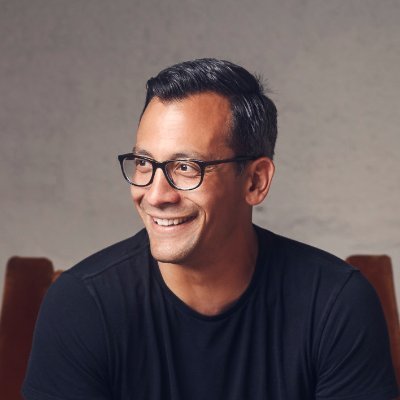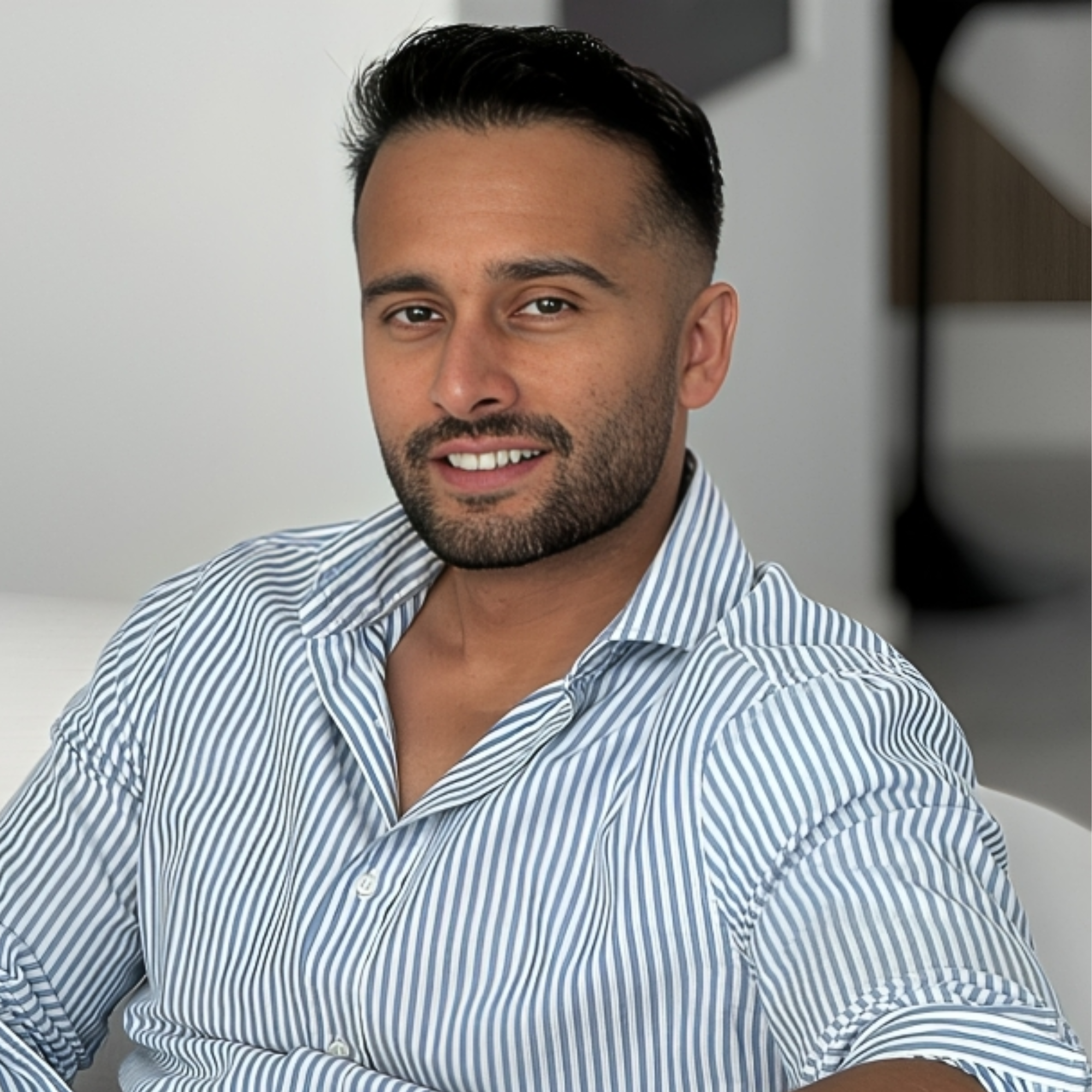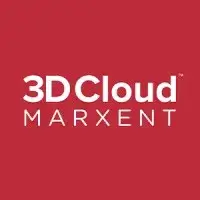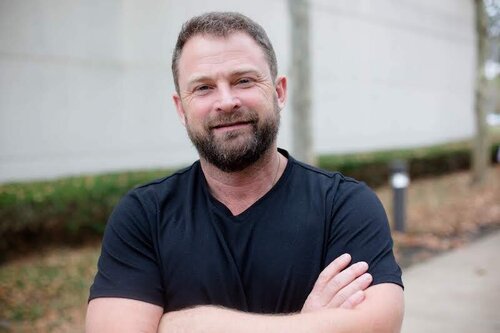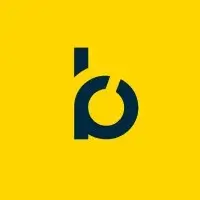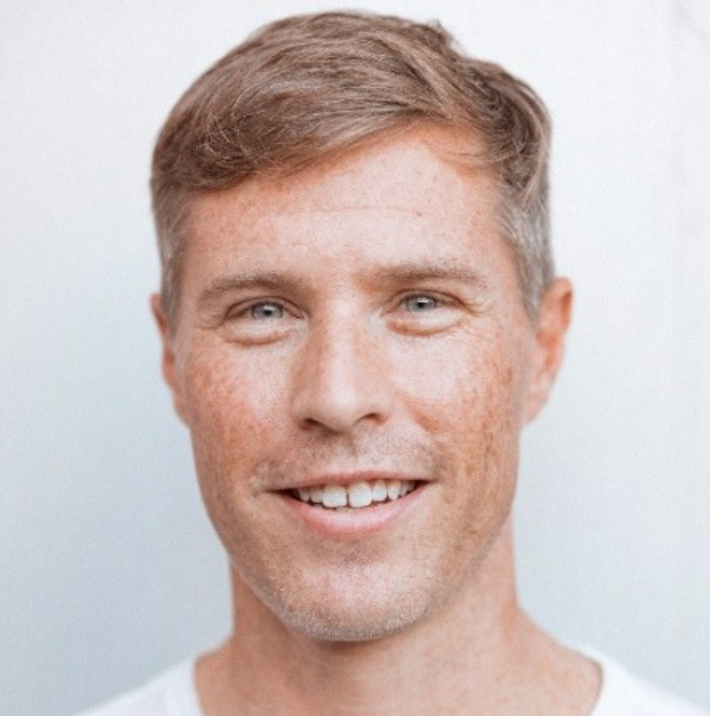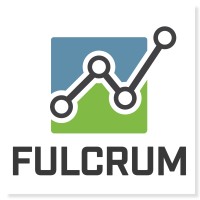Ready to build your own Founder-Led Growth engine? Book a Strategy Call
Frontlines.io | Where B2B Founders Talk GTM.
Strategic Communications Advisory For Visionary Founders
Actionable
Takeaways
Pivot with Purpose:
Don’t be afraid to pivot your business model when the original approach proves inefficient. Transitioning from a service-led to a product-led model can drive scalability and improve product quality.
Focus on the Right ICP:
Identifying the ideal customer profile is crucial. Target companies at a stage where your solution is essential but not overly complicated by legacy systems.
Create Educational Content:
Focus on creating content that educates your market about industry best practices and challenges, positioning your product as the logical solution.
Raise Capital Cautiously:
While raising funds is critical, avoid the temptation to over-raise, which can lead to inefficiencies and a loss of focus. Scarcity can drive innovation and smarter decision-making.
Build Strategic Partnerships:
Developing a partnerships strategy, especially with agencies and other intermediaries, can amplify your product’s reach and create new growth opportunities.
Conversation
Highlights
The Economics That Forced a Complete Platform Rebuild: Inside Flieber’s Pivot to Self-Serve
Most founders who raise $19 million don’t fire their entire sales team and rebuild their product from scratch. But Fabricio Miranda isn’t most founders.
In a recent episode of Category Visionaries, Fabricio Miranda, CEO and Co-Founder of Flieber, shared the story of a decision that would either save his inventory management company or sink it entirely. The platform was live, customers were paying, and the sales team was closing deals. On paper, everything looked fine.
Except the unit economics were catastrophic.
When Your Service Model Becomes a Trap
Flieber’s problem stemmed from the complexity of inventory planning itself. To make accurate replenishment decisions, you need sales data from multiple channels, inventory data from various warehouses, and product information—all flowing together in real-time.
“We built a platform that was highly dependent on our team operating in the back end,” Fabricio explains. “It was almost like a service approach.”
Behind every customer dashboard was a team member manually stitching together data and running calculations. Customers saw a software platform. Flieber ran something closer to a managed service disguised as SaaS.
The economics didn’t work. “Customers didn’t want to pay $100,000 for a subscription. But our platform needed a lot of people to operate, so it cost us a lot,” Fabricio admits.
This is the trap many technical founders fall into. You can’t charge managed service prices because customers expect software economics. But you can’t deliver software-level margins because your product isn’t actually self-serve. “I didn’t have a product, so I couldn’t do a product led growth approach, and I had a sales led growth.”
The Decision Point
By late 2023, Fabricio had a choice: optimize the existing model or blow it up entirely.
“I made a hard decision a year and a half ago to rebuild the platform and make it self serve,” he says. “And that was the single most important decision, critical decision for a success.”
The scope was staggering. Not just new features—a complete platform rebuild to eliminate human intervention.
And here’s where the story gets interesting: Fabricio didn’t wait for the rebuild to finish before making his next move.
“The first thing I did was I let go the wholesale team that happened last June, which was even before finalizing the development of the new platform.”
This seems reckless until you understand his reasoning. This is Fabricio’s seventh company. He’s had two exits. He knows that organizational inertia kills transformations.
“If I kept the team, I would have two cultures competing inside of the company,” he explains. “One culture that wants the non self serve platform, and because they need that for their job to survive, and another culture that wants what’s the new product.”
Most founders try to manage transitions gradually, keeping both models running in parallel. But parallel systems create parallel incentives.
Fabricio’s approach was surgical: “If you need a change, just make the change. Don’t overthink it. Nobody cares. Nobody cares about your change, and nobody is worried about what you’re going to do, what you’re going to say, just do it.”
The Unexpected Benefit
Eight months into the new model, the economics improved exactly as projected. “When you build something that is scalable, our costs were cutting half, at least, maybe more than half,” Fabricio notes.
But something else happened that Fabricio didn’t anticipate.
“I think the side effect is that it forced us to focus a lot on the quality of the product, because before, since we had people try and operate for customers, we could just, every time we had something difficult to do, we would just say, hey, this is too hard. Our team will do that for the customer.”
The service model had created a crutch. Instead of solving hard product problems, the team outsourced them to human operators.
That option vanished overnight.
“Now we need to implement those things. We don’t have customers calling our team, we have customers trying the platform. And if the platform doesn’t resonate, they’re just going to go away, they’re not going to subscribe with us.”
This forced a level of product discipline that would have been easy to defer. “That forced us to build a much better product. It doesn’t even compare to the previous one because of that.”
The Cultural Reckoning
The hardest part wasn’t the code. It was the people who’d built Flieber alongside Fabricio through those early years.
“I have a lot of people in the company that’s been with us for four and a half, even five of those five years that we’ve been live and shifting their mentality is not easy, but it’s happening and I’m happy with the decision we made.”
Instead of sales reps, Fabricio hired content specialists, SEO experts, and partnership managers. The company went from outbound to inbound. From demos to free trials. From sales-led to product-led.
“We’ve been operating that way for about eight months now. With a self serve platform, we changed to a product led growth approach. So a lot of content, a lot of trying to bring people to website and to landing pages and make them try the system and free trial.”
What This Means for Other Founders
Many B2B companies hit this inflection point where the founding GTM motion stops working. You’ve proven the market exists. You’ve gotten customers to pay. But the economics don’t scale.
The temptation is to optimize at the margins. Hire cheaper support staff. Raise prices. Find higher-ACV customers. These tactics are bandaids.
Fabricio’s move was existential because the problem was existential. You can’t fake product-market fit with services forever.
“We’re able to charge less. By charging less, we’re able to get more customers. By getting more customers, we’re able to increase the revenue. So it’s a great model for us.”
The new model works because the product actually works. Customers can onboard themselves and start planning inventory without talking to anyone.
The Takeaway
Most founders in Fabricio’s position would have compromised. Keep the sales team but start building self-serve on the side. Test it with new customers while maintaining the old model.
That path feels safer. It’s also slower, more expensive, and dilutes focus across two operating models.
“It was the best, by far the best decision I made for Flieber. Now we have a product and we have a sales product led growth movement going on.”
The lesson isn’t that every company should fire their sales team tomorrow. It’s that inflection points demand decisive action. When your unit economics fundamentally don’t work, incremental optimization just delays the reckoning.
Fabricio ripped off the band-aid. The company is healthier for it.



